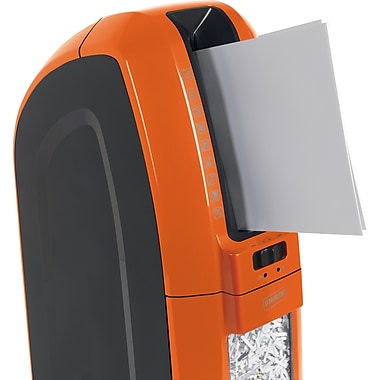Organizing to Work From Home: Your Routine
/It can be challenging to work from home and still be productive. There are more distractions (kids, snacks, the couch!) than you usually have in the office, yet you still have to meet work expectations.
With so many of us now forced to WFH, here’s how to ease the transition and keep it all together.
Have an intentional workspace (not just the laptop in bed)
If you do have an office area, avoid getting up and going right to your work computer in your PJs
Try to stick to some familiar routines: shower, get dressed, eat breakfast, get your cup of coffee before you start working
Do take breaks to get outside for a walk around the block or just hang out in your yard for a few minutes; studies, like this one, have found that a “green break” can be good for you and your productivity
If you and a partner are both trying to work and take care of the kids at the same time, make a schedule of who’s “on” to help with the kids around daily work calls and project priorities
Be sure to keep in touch with your manager/your team throughout the work week

























